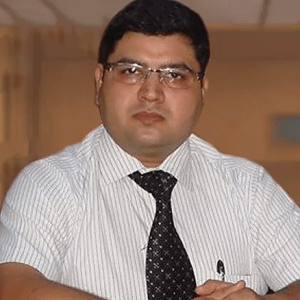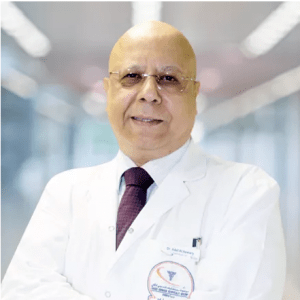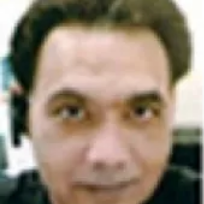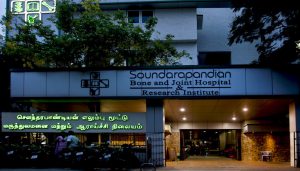Ulnar Styloid Fracture
There are two main bones in the forearm, known as ulna and radius. The ulna runs along the outside of the wrist, while the radius does so along the inside of the wrist. At the end of the ulna, near the hand, is a bony projection. It is known as the ulnar styloid process. This bony projection […] Read More
Top Doctors For Ulnar Styloid Fracture Treatments
Top Hospitals For Ulnar Styloid Fracture Treatments
Ulnar Styloid Fracture
- Physical examination of the wrist.
- X-ray: to know how the bone is broken and if any of the bones are displaced.
- Scans: such as computed tomography (CT) scan or magnetic resonance imaging (MRI) scan may also help to identify the cause of any pain in the wrist
- Nonsurgical treatment: For mild ulnar styloid fractures, it often just require a basic wrist cast. In certain cases, bone realignment may be carried out before adding the cast. This process is known as reduction, and it may not even require an incision; closed reduction.
- Surgical treatment: For more severe ulnar styloid fractures, as well as those involving other nearby bones, surgery may likely be required. This is done with an open reduction. That is, an incision is made near the break and the opening is used to reset the affected bones. For more severe breaks metal screws or pins may be required to keep the bones in place while they heal. After the surgery, a durable cast, usually made out of plaster or fiberglass is cast.
Symptoms
The main ulnar styloid fracture symptom is pain in the wrist and near the ulnar styloid process.
Other symptoms include:
- Tenderness.
- Swelling.
- Bruising.
- Wrist and hand hanging at different angle than they usually do.
- Loss of motion in the wrist.
- Numbness of the wrist, arm or hand.
- Pale fingers.
Causes
The main cause of ulnar styloid fracture and most hand fracture is due to a fall with the arm outstretched.
Other possible causes are:
- Car accidents.
- Hard falls
- Sports injuries, especially those that involve major use of the hands.
- Osteoporosis also increases the risk of fractures.
- Low muscle mass or poor muscle strength.
FAQ
How long does it take to heal from ulnar styloid fracture?
The healing time of an ulnar styloid fracture depends on the severity of the fracture and if other bones were fractured.
After the cast is off, it’ll take about 1 or 2 months before returning to low-impact physical activities, like swimming. Depending on the injury, returning to previous activity level may take around 3 to 6 months
However, full recovery can take up to a year or more, particularly for more severe wrist injuries. Lingering stiffness may also be felt for up to two years.
Are ulnar styloid fracture of the same degree or type?
Ulnar styloid fractures are of different types
- Nightstick fracture: This is a fracture of the middle portion of the ulna only, no other bone is fractured.
- Distal ulna fractures: This usually occurs along with distal radius fractures.
- Monteggia fracture: This is a fracture of the proximal third of the ulna. It occurs along with the dislocation of the head of the radius.
- Hume fracture: This is a fracture of the olecranon accompanied with anterior dislocation of the radial head.



















































































































































































